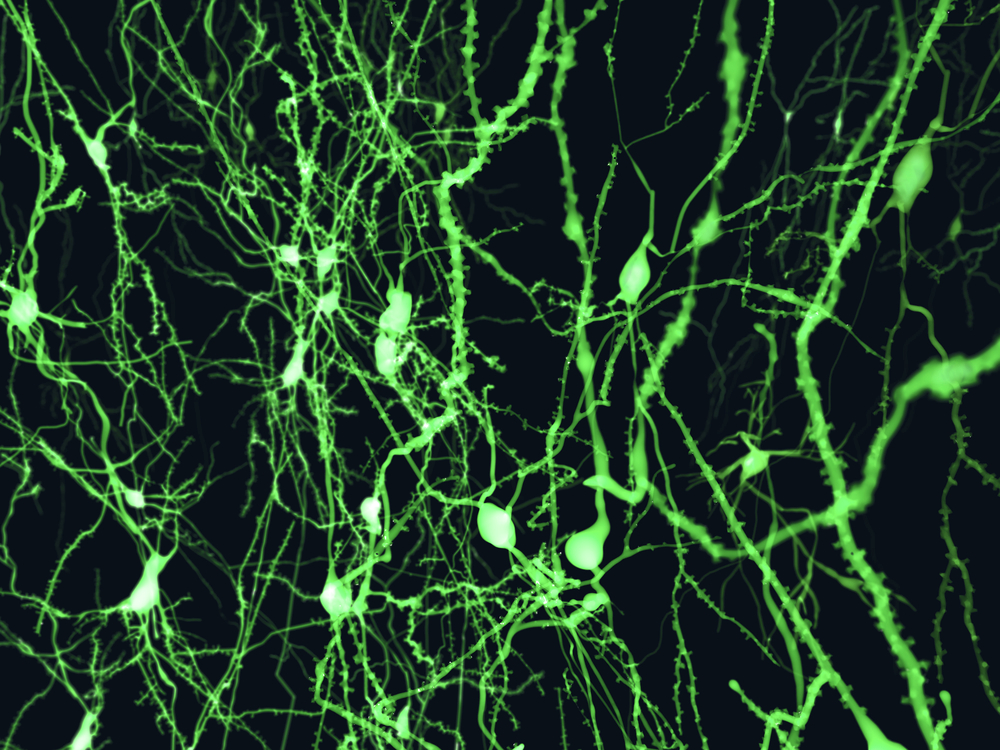Model of Brain’s Neural Decision-Making Activity May Help in Parkinson’s Research

University of Cambridge researchers have developed the first biologically realistic model of the brain’s neuronal behavior when complex decisions are being made, and when adapting to mistakes. The mathematical model of neural decision-making activity and behavior could help researchers better understand a range of neuronal conditions, including Parkinson’s disease. The paper, “Goal-Directed Decision Making with Spiking Neurons,” was published in The Journal of Neuroscience.
The process of decision-making has been the focus of a great deal of neuroscience and behavioral research, with decisions divided into two main categories: habit-based and goal-based. The formation of habits involves simple and repetitive decisions and the “caching” of behaviors that become almost automatic. Goal-directed decisions are more complex processes with many more variables at play, including the evaluation of potential long-term effects. While the habit-based decision-making has been successfully studied in considerable detail, the neural circuit mechanisms of goal-oriented decisions remains unknown.
Researchers developed a mathematical model that describes, with biological accuracy, how a network of neurons interacts to establish goal-directed decisions, and then to identify the best decision and potential rewards. Using this model, researchers were able to show that synapses need to “learn” the sequential process of situations, depending on the actions taken and rewards they produce. Moreover, synapses are able to adapt, or re-shape, depending on a decision’s negative or positive outcomes.
Dr. Johannes Friedrich of Columbia University, the study’s first author, said in a press release, “Constructing these sorts of models is difficult because the model has to plan for all possible decisions at any given point in the process, and computations have to be performed in a biologically plausible manner. But it’s an important part of figuring out how the brain works, since the ability to make decisions is such a core competence for both humans and animals.”
The model, which combines planning and learning, can also be used to understand the neural processes that take place under conditions of impaired decision-making, such as in people with addiction or impulsive-compulsive disorders and diseases like Parkinson’s.






